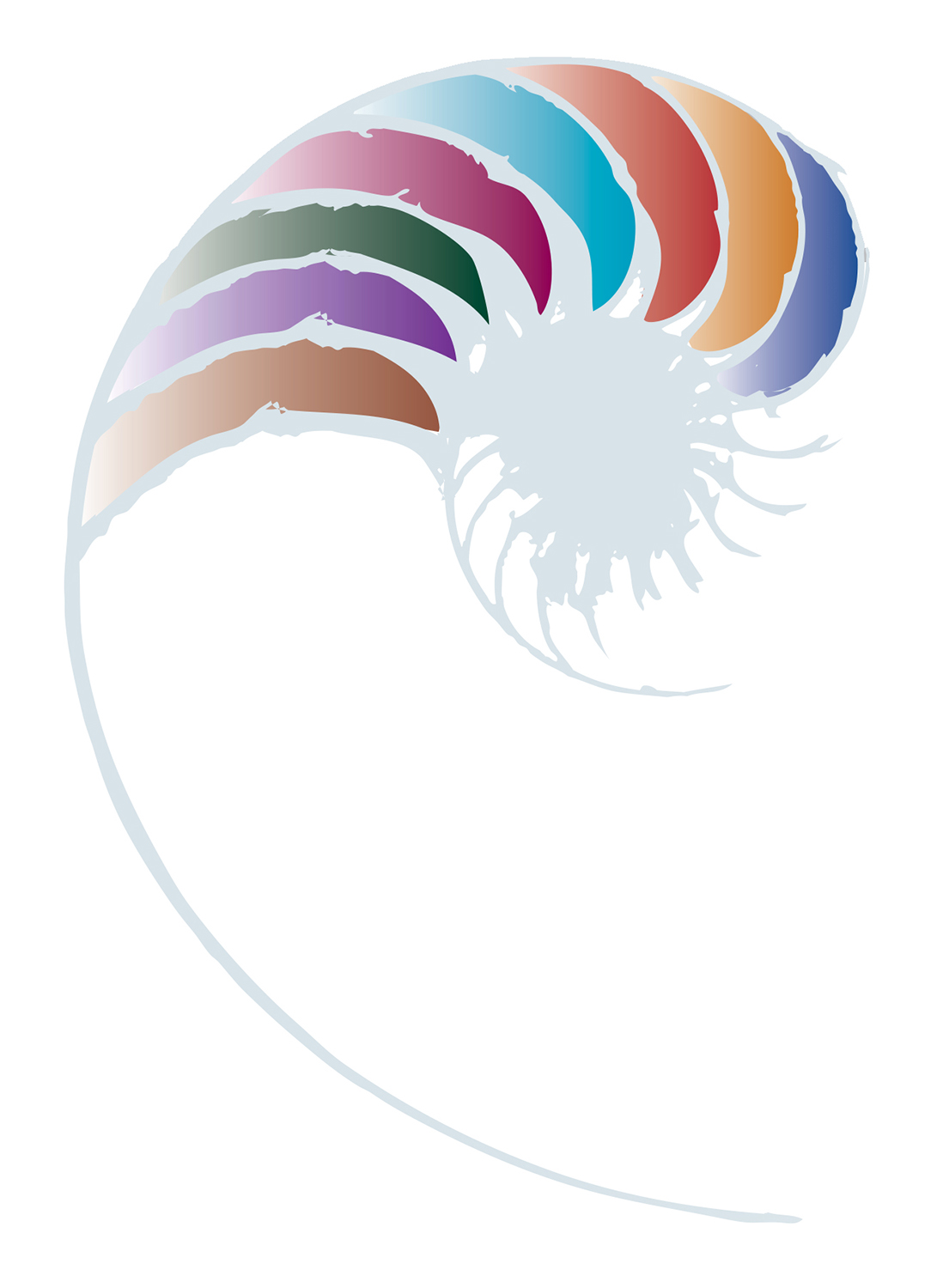Te Ara Māori
Read Te Ara Māori, a te ao Māori expression of the principles, strands, goals, and learning outcomes of Te Whāriki, which was published in the New Zealand Gazette in April 2023.

On 21 April 2023 the Minister of Education issued a notice in Te Kāhiti o Aotearoa | The New Zealand Gazette to expand the legal curriculum framework for early learning to include all four parts of Te Whāriki – principles, strands, goals, and learning outcomes. This change came into effect on 1 May 2024.
As part of this change, Te Ara Māori was included with the existing framework of Te Whāriki (Te Ara Whānui) to create a distinctive Māori pathway within the early childhood curriculum.
The terms 'Te Ara Māori' and 'Te Ara Whānui'
Te Ara Māori means the Māori path. The principles, strands, goals and learning outcomes have been interpreted through a te ao Māori lens built from te ao Māori foundations.
Te Ara Whānui means the broad, wide, extensive path. It is the existing pathway in Te Whāriki, he whāriki mātauranga mō ngā mokopuna o Aotearoa that was refreshed in 2017 and will be used by most early learning settings.
Kaupapa (history) of Te Ara Māori
The Ministry worked with Dr Lesley Rameka, Brenda Soutar and a group of Māori-medium early childhood services to develop Te Ara Māori. Sector consultation strongly supported including it in the legal curriculum framework for early learning. Te Ara Māori provides a curriculum pathway for early childhood services wishing to implement a local curriculum rooted in te ao and te reo Māori. It will mostly be used by ngā puna reo, Māori medium and bilingual early learning settings.
Te Ara Māori te reo Māori and English are put side-by-side. The English text is not a translation of te reo Māori only an aid to understanding provided by the authors. An appreciation of the richness of Te Ara Māori requires an understanding of te ao and te reo Māori.
Resources available for Te Ara Māori
An updated Te Whāriki A2 poster and Te Ara Māori goals and learning outcomes cards are part of a suite of resources being developed to support the implementation of Te Ara Whānui and Te Ara Māori. We have also developed an infographic to help you choose the appropriate pathway and decide whether Te Ara Māori is right for you.
More resources will be released over the coming months.
See Materials that come with this resource to download:
- Te Whāriki A2 Poster - Te Ara Whānui and Te Ara Māori (.pdf)
- Te Ara Māori learning outcomes cards (.pdf)
- Te Ara Māori Ngā-Kāri Whāinga (.pdf)
- Te Whāriki curriculum pathways decision poster web (.pdf)
Click on the tabs below to read Te Ara Māori.
- Ngā Kaupapa whakahaere
- Mana atua
- Mana whenua
- Mana tangata
- Mana reo
- Mana aotūroa
Whakamana
Mā Te Whāriki e whakatō te kaha ki roto i te mokopuna ki te ako, kia pakari ai tana tipu | Te Whāriki is critical to the foundation of lifelong learning for mokopuna.
Kotahitanga
Mā Te Whāriki e whakaata te kotahitanga o ngā whakahaere katoa mō te ako a te mokopuna, mō te tipu o te mokopuna | Te Whāriki reflects the holistic, interdependent nature of learning for mokopuna.
Whānau tangata
Me whiri mai te whānau, te hapū, te iwi, me tauiwi, me ō rātou wāhi nohonga ki roto i Te Whāriki, hei āwhina, hei tautoko i te akoranga, i te whakatipuranga o te mokopuna | Mokopuna relate to the people and contexts that contribute to their learning and development.
Ngā hononga
Mā roto i ngā piringa, i ngā whakahaere i waenganui o te mokopuna me te katoa, e whakatō te kaha ki roto i te mokopuna ki te ako | Through connectedness to others, mokopuna gain confidence in their identity as a learner.
About this resource
The early childhood curriculum framework now includes two pathways: Te Ara Whānui and Te Ara Māori. Te Ara Māori provides a Te Whāriki curriculum pathway for early childhood services that want to implement a local curriculum rooted in te reo and te ao Māori. We will be releasing new resources on Te Whāriki Online to guide services that want to use Te Ara Māori.



